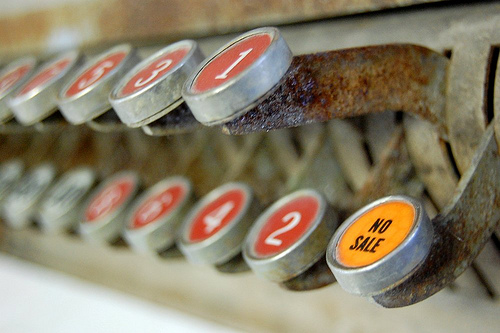The final defense authorization bill that passed the Senate late last night includes none of $140 million sought by the House to begin deployment of a new missile defense site that its supporters claim will better defend the eastern United States. The House demanded the Pentagon build a new site by 2018 and authorized $140 million to get started, though the Pentagon hasn’t even made a decision that a new site is desirable. This final outcome is very good news; if you’re just tuning in now, a new site on the East Coast is a poor use of resources and would improve neither the effectiveness nor the reliability of the Ground Based Midcourse (GMD) missile defense system.
 Instead of the House numbers, the conferenced authorization bill provides $20 million to complete the siting study started this year and to conduct environmental impact assessment(s) on the best candidate site(s). The Pentagon has been winnowing down possible sites this year for further study, and may proceed to these next steps for one or more of them, according to the Missile Defense Agency (MDA) director’s testimony this summer. The MDA’s list of these sites is due at the end of the calendar year 2013, so more information should be forthcoming soon.
Instead of the House numbers, the conferenced authorization bill provides $20 million to complete the siting study started this year and to conduct environmental impact assessment(s) on the best candidate site(s). The Pentagon has been winnowing down possible sites this year for further study, and may proceed to these next steps for one or more of them, according to the Missile Defense Agency (MDA) director’s testimony this summer. The MDA’s list of these sites is due at the end of the calendar year 2013, so more information should be forthcoming soon.
The $20 million for completing the study seems like a predictable compromise. But there is a lesson here: It was just such a compromise in FY13—the Senate agreeing to $30 million for a site study instead of $100 million and a 2015 completion date requested by the House—that gave this whole idea momentum in the first place. Now this folly occupies the political space that would be better served by a serious discussion about what the GMD system can actually do and what its future should be. It’s worth noting that supporters of the East Coast site point to a National Research Council study which recommends an additional site, but ignore that this recommendation was only as part of an essentially entirely new ground-based midcourse system, with new interceptors, sensors, and concept of operations—not as a simple addition to the existing GMD.
Study on future improvements to homeland defense—is there potential?
A vehicle for a serious discussion about the GMD system could be the bill’s request of the Secretary of Defense to study and make recommendations about ways to improve homeland missile defense, and in particular to evaluate the “enhancements to the capability” of options to improve the GMD system, options which include an East Coast site and using the SM-3 IIA interceptors to defend the coasts against shipborne threats.
It could be this study will pull its punches, like many do, and won’t take a hard look at the discrimination and countermeasures problem. That would be a missed opportunity. A number of the strategies for improving missile defense—adding interceptors to Ft. Greeley, for example—only improve defense under the conditions that the targets are few and can be discriminated from decoys or debris. It is unhelpful not to be clear-eyed about that.
What could be really interesting is if the study set a quantitative benchmark for effectiveness and confidence for defending against a given threat (it would have to be a simple missile threat, as there’s no system for reliably discriminating between a warhead among decoys) and asked what would be required of the GMD to meet that benchmark, e.g., how many tests and under what conditions would we need to have good confidence in the system? Quite likely, it would show that a large number of tests would need to be done to provide reasonable confidence even for a simple threat under a narrow range of conditions. That could be a powerful study.
For a discussion of the problems with a new deployment site, click here.
Photo: MTSOfan
